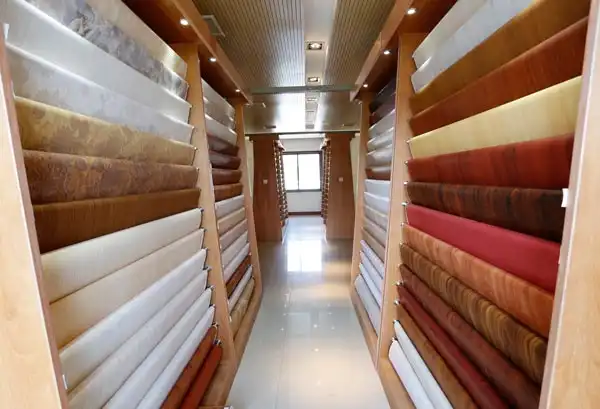Decorative panels add a touch of elegance to any room and they’re easy to install. Unlike wallpaper, they also offer more durability.
Framed paneling was popular from the 14th Century and could be left plain or carved with elaborate linenfold designs. By the Victorian era, simple oak designs fitted up to head height became more common.
1. Add a Texture
When it comes to making a space feel like a home, texture is one of the most important elements. Texture invites your sense of touch and sight into the space and can add a layer of depth that will make your space feel rich and inviting.
Adding a texture to furniture can be easy and affordable with the use of decorative panels. Panels come in a variety of different colors, textures, and materials to suit any design style. For example, a wood panel can give your furniture the look of natural wood, whereas a black panel gives your room a sophisticated modern look.
Other ways to add texture to furniture is by using patterned wallpaper or incorporating other fabrics into the space. Fabrics such as twill, chenille, and velvet offer a wide array of textures and are available in a variety of colors. These types of fabrics can also be layered with more subtle textures such as leather or metal to create a more interesting textured look.
2. Add a Pattern
Adding a pattern is an easy way to make any furniture piece stand out. Decorative panels are available in many different patterns, so finding one that fits your style is easy. For example, if you love the look of wood, you can find panels that mimic the appearance of real wood grain. This will give your space a classic and timeless feel.
Another way to add a pattern is to paint your panels. This is a great option for those who don’t want to commit to a permanent design. Just be sure to select a paint that is durable and resistant to moisture and temperature changes.
You can also try using a napkin to add a pattern to your furniture. This is a quick and easy DIY project that anyone can do. Just follow this tutorial to learn how to use Mod Podge and a paper napkin to transfer any image, fabric or pattern onto a wood surface.
3. Add a Color
Decorative wall panels in vibrant colors like the sea blue of the Aegean or bright orange peel give any furniture a fresh, fun look. This is a great opportunity to let your personality shine in the color choice and create a statement piece for any room. To make sure your bold color choice works, find a pattern that coordinates and test it with the piece before you commit to it. Dumpster diving, yard sales and raiding Granny’s attic are great places to find the perfect piece for this technique.
Unlike painted walls, wall paneling is easy to clean and maintain. Regular dusting and the occasional wipe-down are all it takes to keep them looking new. Depending on the material and the color, some panels can even be wiped down with soap and water, making them easy to clean and a more eco-friendly option than wallpaper. They’re also resistant to stains and water, ensuring they can be enjoyed for years to come.
4. Add a Design
Decorative panels are available in a myriad of shapes and sizes that can add texture, depth, and color to a simple space. They can even feature a design that mimics natural textures like wood or stone to create a whole new look.
For example, a panel with a distressed finish can give your space a rugged, rustic appeal. Alternatively, a panel with chalkboard paint can add a modern Scandinavian aesthetic to your home. And if you’re looking to make a bold statement, consider a black panel with gold detailing.
These decorative panels are a great way to add an element of interest to your walls without spending a fortune on expensive artwork. They are also easy to clean and maintain, requiring only regular dusting or wiping down with a damp cloth. They’re especially ideal for high-traffic areas where scuffing and scratching might occur. This makes them a more durable option than painted wallpaper and other wall coverings.



